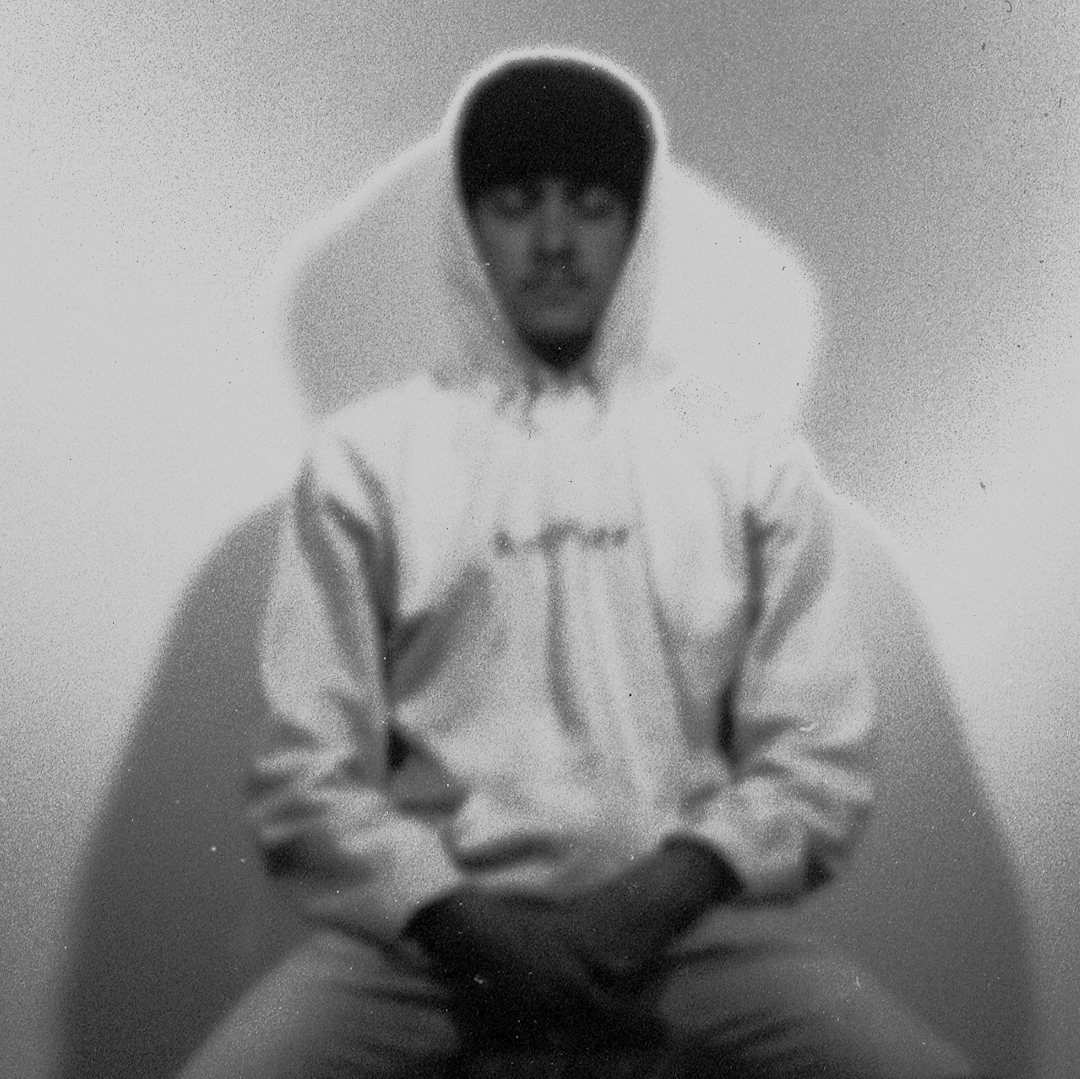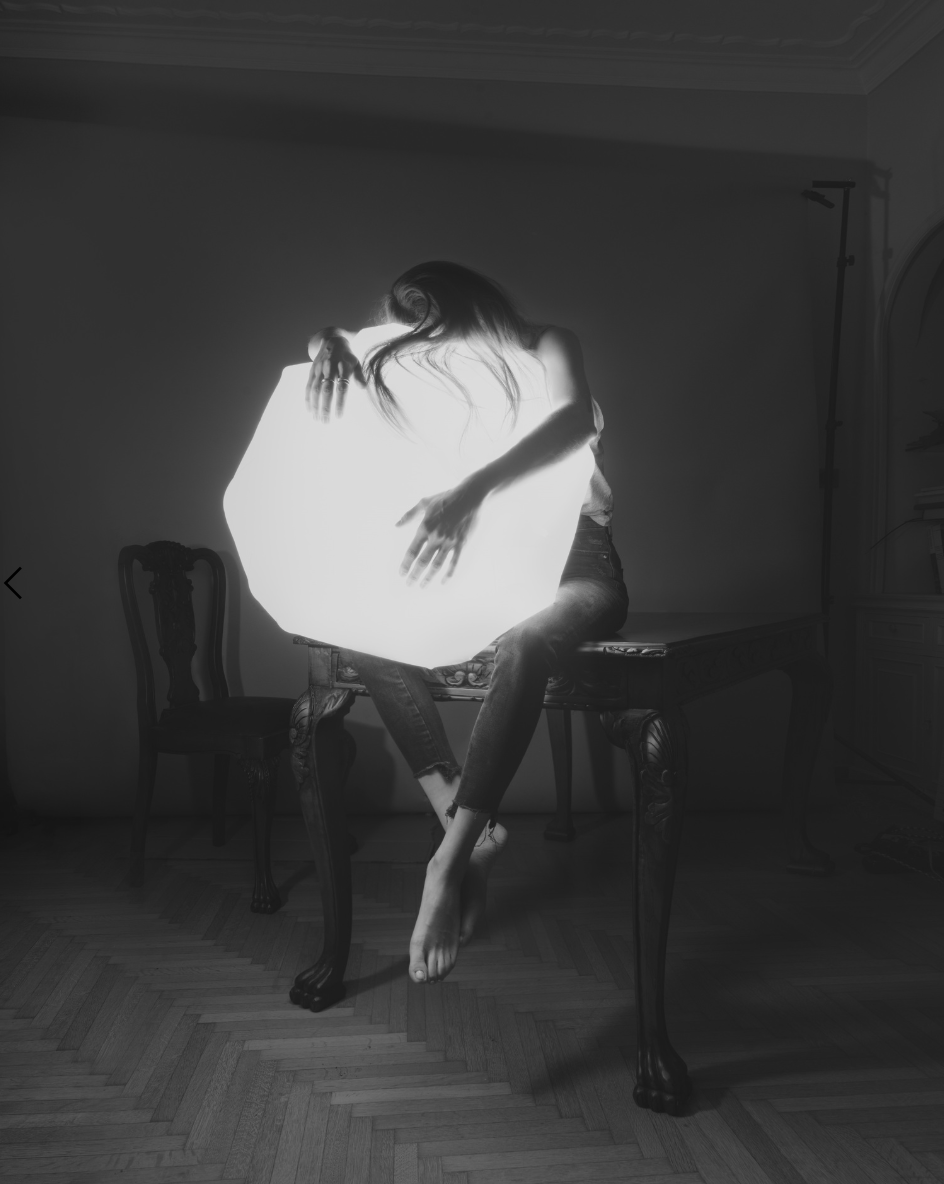
Artist

Michał Sita
History of Poland (vol. 1 & vol. 2)
The beginnings of the open-air historical performances staged by volunteers in Murowana Goślina date back to 2007. The script of the shows would change dynamically and their meaning gradually evolve: from interpreting local legends, to recalling episodes of regional events, to themes drawing on the national history. The year 2016, marking the 1050th anniversary of the Baptism of Poland, saw the premiere of The Eagle and the Cross, which recounted two millennia of Polish history. The performance continues to be staged, with only minor annual modifications. This season it will be seen by some 20,000 spectators, being the largest patriotic event of its kind in Poland.
The authors of that open-air show draw pictorial inspiration from the paintings by Jacek Malczewski, Artur Grottger and especially Jan Matejko, using them as a point of reference. Ingrained in Polish collective consciousness, those images are brought to life through performative action. The events, symbols, objects, figures and gestures that make up the core of Polish national mythology materialize almost simultaneously on the outdoor stage. They are resurrected, embodied and re-enacted over and over again by an ensemble of amateur artists.
Since 2020, I have been conducting anthropological research among the people involved in The Eagle and the Cross. My work has been concerned with the interactions between the volunteer actors and the events, characters and values of the imagined past. I try to explore the consequences of the situation where more than 300 people toil for several months each year re-enacting the canonical episodes in Polish national history. I wonder what place we occupy on the timeline when the past becomes a repository of repeatedly incarnated moral parables? How do we function in a community when the characters of the imagined pope John Paul II, children executed by the Nazis, the Virgin Mary, are played by a neighbour, a primary school classmate, a godchild, or a teacher? How are the meanings of time, history and the criteria of truth demarcated and established in this participatory action? What identities do we reproduce and actualize in such an action?
The 2021 publication entitled History of Poland. Exercise Book vol. 1 was the first working recapitulation of that inquiry. It features photographs that capture the gestures of the actors during spring rehearsals for the show.
In 2022, I changed my perspective, playing in the shows with a small automatic camera hanging around my neck during the performances. It was provisionally camouflaged to keep it out of sight of the audience, but it was clear to the other performers and the organizers of the show that I was taking pictures. They were also fully aware that this was part of the research and artistic activities I was carrying out. Every second, the camera (1) recorded the reality of the show from the standpoint of the actor, (2) recorded events from Polish history as seen through the eyes of their participant, and (3) commented on the way we choose to lend meaning to the past in participatory action. History of Poland vol. 2, a photobook curated by Łukasz Rusznica, is based upon these images.
Michał Sita combines elements of photography and anthropology in his work – he looks at people, places and architecture in terms of how we collectively imagine and use the past. His latest long-term project is entitled Historia Polski (The History of Poland) and documents historical outdoor performances organised by volunteers and amateurs to commemorate important events in the country's history. Michał not only documented the events, but also took an active part in them. The project is characterised by anthropological attentiveness, inquisitiveness and curiosity. Thanks to them, Sita created a multidimensional project analysing not only the phenomenon of historical reconstructions, but also prompting reflection on contemporary Polish identity.
Paweł Starzec, like Sita, focuses on long-term research projects in which he uses his experience as a sociologist. His latest project, entitled Anew, has been running since 2013 and documents the transformation of Lower Silesia, a region in Poland with an extremely complex and distinctive heritage. In his work, Paweł is consistent, approaching his chosen topics in a comprehensive manner and combining all this with the excellent skills of a documentary photographer.
Karol Szymkowiak is a self-taught photographer fascinated by the surrealism that can be found in the reality he photographs. His work deals with environmental protection, military and civil defence, and physical and mental immobilisation. The artist's interests are evident in her latest project entitled 0169-8629 5223-01750. It is a story about Lake Powidz and the neighbouring largest military airport in Poland, where a substantial expansion of the US military base is underway. It is a multidimensional project in which the author addresses both socio-political and ecological issues.
Emilia Martin's work clearly shows the influence of her childhood, which she divided between the natural, rural landscapes of eastern Poland and the heavily industrialised Silesia. In her work, she often draws on the language of myths, fairy tales and stories. It was this fascination that led her to undertake an in-depth analysis of the subject of meteorites in the project, I saw a tree bearing stones in the place of apples and pears. It was this project – based on her own photographs, archival work and sound – that caught our attention. It presents Emilia's unique visual style, exceptional sensitivity and multidisciplinary approach to the subject.
Paulina Mirowska, like Martin, uses photography as one of her media. She works with installations, video, sound and sculpture. She presents herself as a visual artist, burnt-out climate activist and educator – and she uses all these experiences in her artistic work. In her latest project, entitled The Trophy, she tells the story of the beginnings of life on Earth, when photosynthesis appeared in the oceans, enabling the development of living organisms. Mirowska presents this difficult-to-depict process in a way that is extremely evocative and captures the imagination of the audience.
FOTOFESTIWAL :: SELECTING PROCES 2025
STAGE 1
- We created the short list of authors based on:
- selected works submitted to annual Fotofestiwal Open Programme
- nomination of Polish experts; we sent request to 20 experts; 11 answered with the nomination; their names: Łukasz Rusznica, Dorota Łuczak, Adam Mazur, Michał Adamski, Adrian Wykrota, Krzysztof Candrowicz, Małgorzata Słomska, Joanna Kinowska, Nina Giba, Witold Kanicki, Jakub Dziewit
- The shortlist of nominees: 32 people
STAGE 2
- Meeting of jury who selected 5 artists out of the shortlist
- Jury members:
Agnieszka Olszewska [curator; Head of Communications, Exhibitions and Visitor Experience, communication accessibility coordinator in Museum of Photography in Krakow]
Jan Brykczyński [photographer, academic teacher, member of Sputnik Photos]
Marta Szymańska [curator; Fotofestiwal Lodz]
































